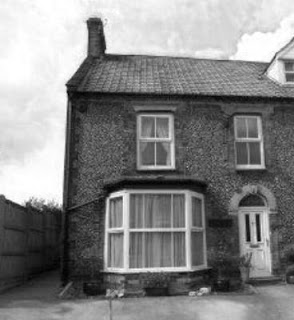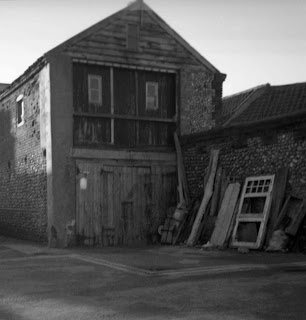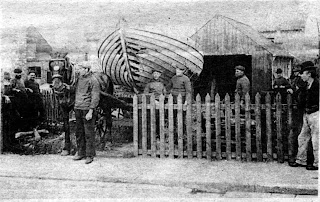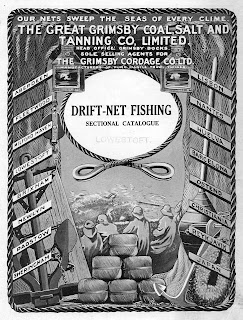I returned to Sheringham in early 1946, with the hope of continuing my fishing career.
The seaside town had been bombed during the war and it still had a long way to go in returning to normal. My first home was back with mother, father and brother Jack at Myrtle House, in Beeston Road.
The sites of the next two houses had been cleared after the bombing of 1942. No. 36 where the bomb had hit was rebuilt in the 1950’s but the site of No. 34 was left vacant until more recently.
Despite the post-war problems of housing shortage, uncleared minefields along the coast and severe rationing, the community spirit in the town was very strong. Everyone helped each other and this was especially true with the fishing families.
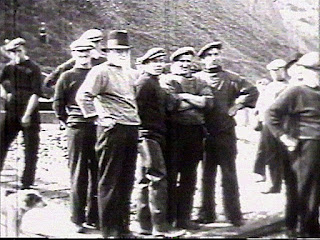 |
| Sheringham Fishermen |
One of the biggest changes that has taken place over the decades since the 1940’s has been the decline of the fishing industry at Sheringham. That premier industry in the town will be mentioned in later posts but here are some of its main pillars.
1) East and West End Fishing Beaches
There were two groups of full time fishermen, namely, those that launched their boats from the East End Beach and those that went from the West End Beach.
 |
| East End |
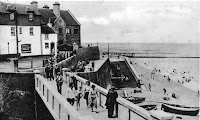 |
| West End |
Each fishing family was either West End or East End. Most Wests were East Enders!
2) Boat Builders
There were two boat builders in the town. Reginald Emery and his sons had a two storey workshop on Lifeboat Plain.
Two boats could be built at the same time (one at ground level and one above), and demand came from along the Norfolk coast as far as Brancaster to the West and Mundesley to the East.
The other boat builder was Johnny Johnson who worked in the ‘Old Boat House’ in Cremer Street.
Its no surprise that the standard boats built by the local firms were known as “ Sheringham Crabbers” and a model of one called “ Star of Hope” is in the Science Museum in London.
3) Chandlery
Sheringham also boasted a branch of ‘The Great Grimsby Coal, Salt and Tanning Company’ a chandlery which was located in Beeston Road.
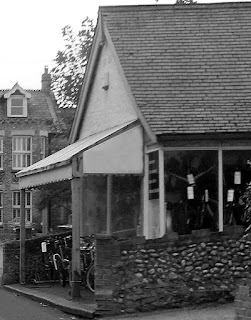 |
| Teddy 'Fiddy' West's shop |

Teddy ‘Fiddy’ West ran the shop with his wife Myrtle who was my aunt.
The company catalogue listed all the branches, placing Sheringham alongside major fishing ports such as Aberdeen, Lowestoft, Newlyn and Fleetwood.
The town’s lifeboat “Foresters Centenary” had also gained an excellent reputation in the war, although by 1946 the boathouse was not looking as good as in these pre-war photos.

It was a wish of mine to enrol as a lifeboatman as soon as possible. Being on the roll of eligible fisherman did not guarantee a place in the lifeboat as there was intense competition for the three unreserved lifebelts when the lifeboat was called. You had to ‘run for a belt’.
Similarly there was a shortage of opportunities in the town’s fishing fleet for someone like me, with limited experience. Fortunately my family came to the rescue. It was agreed that father would take my cousin Bob to train up, as he had also been demobbed. In return, Bob’s father, Uncle Henry Willie would take Jack and myself to gain experience. We had a lot to learn!
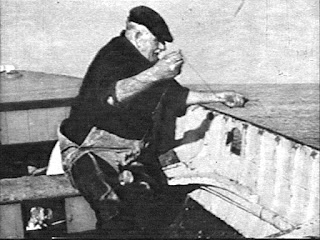 |
| Uncle Henry Willie |

